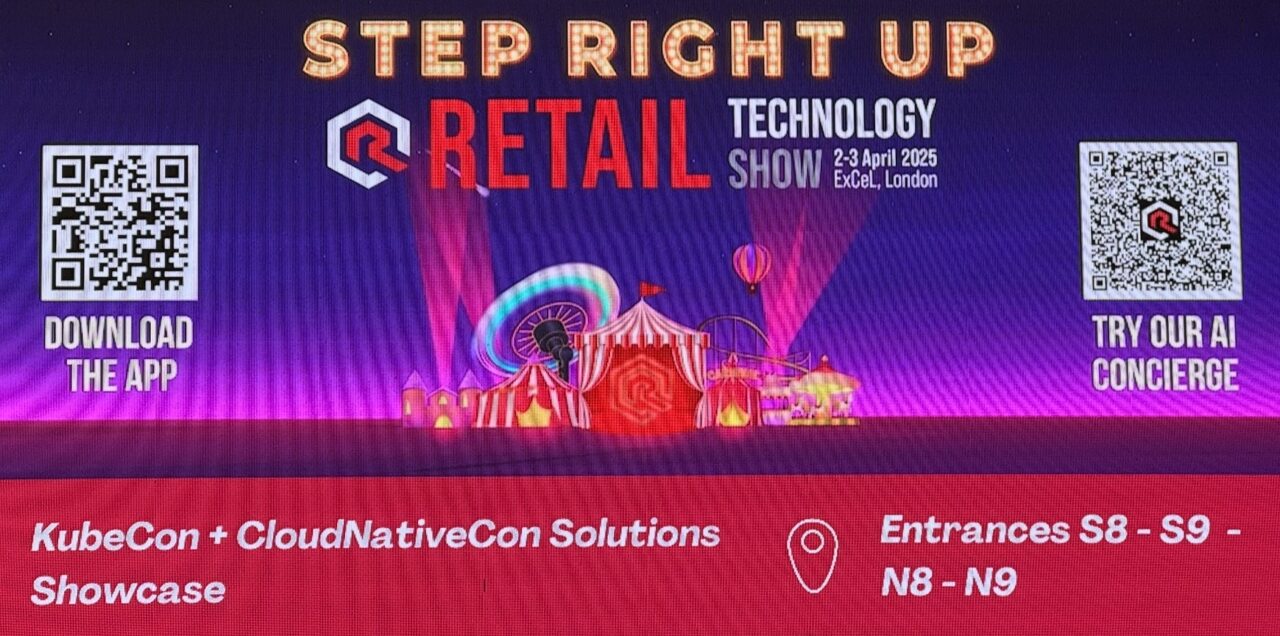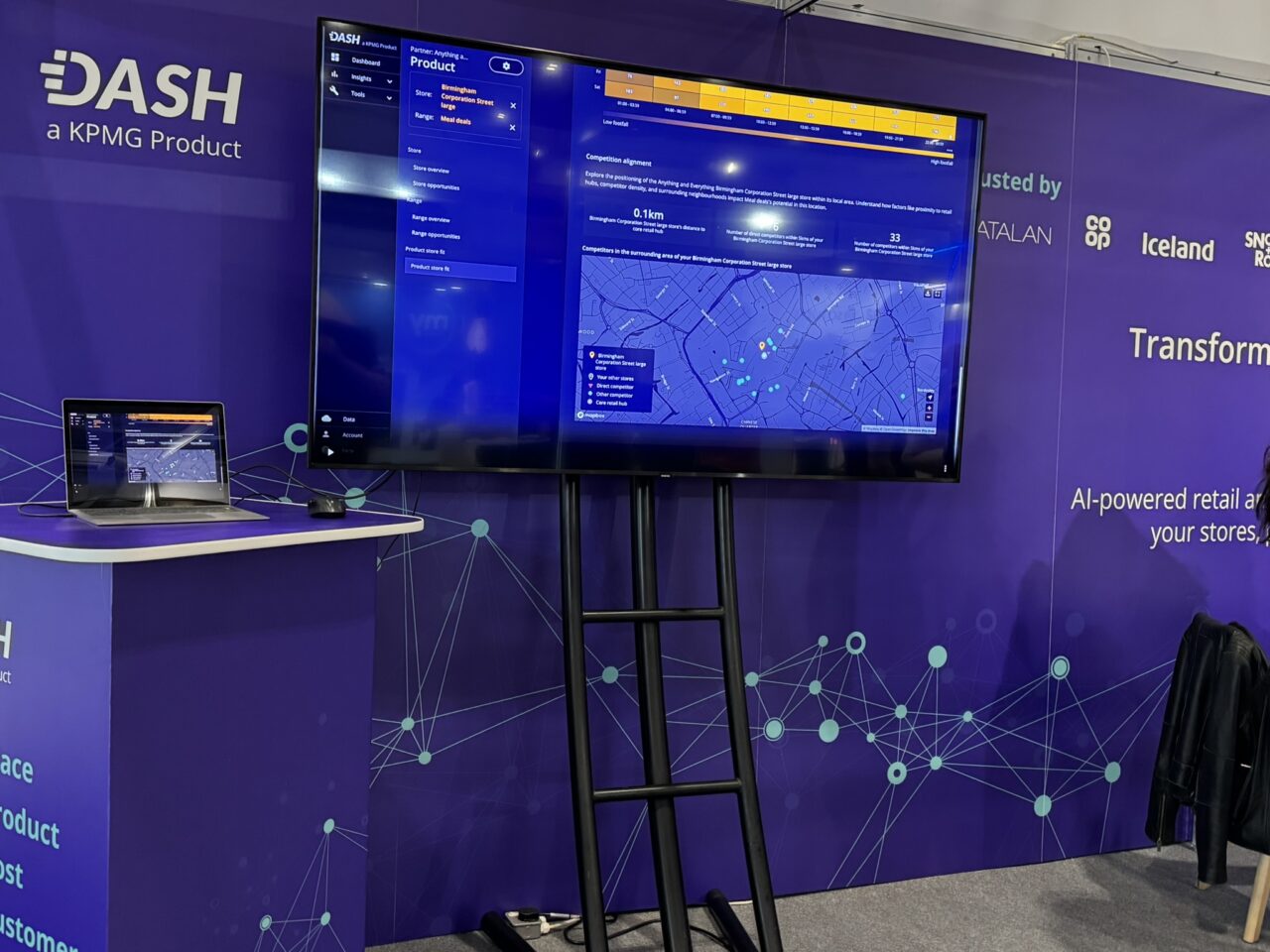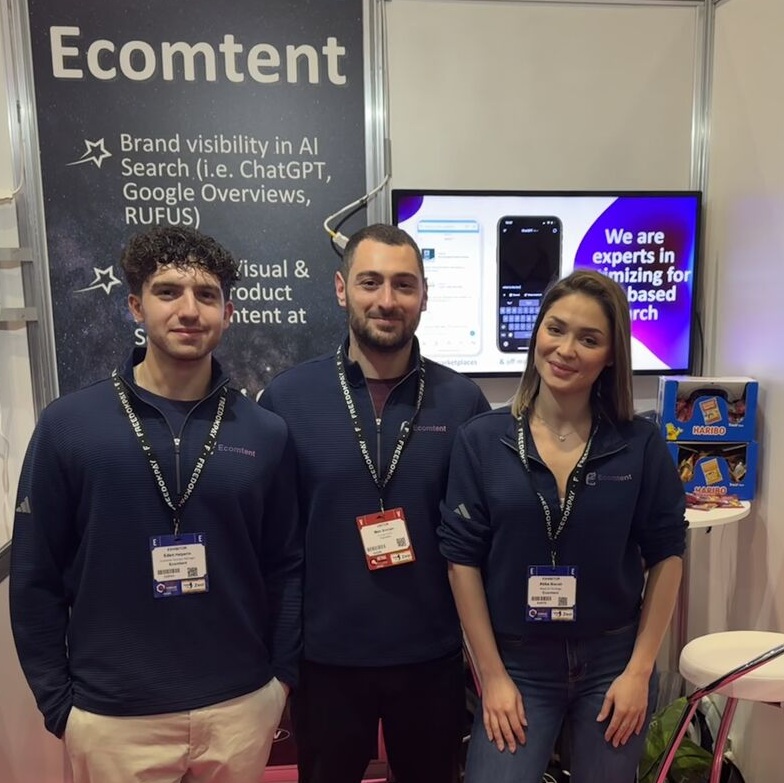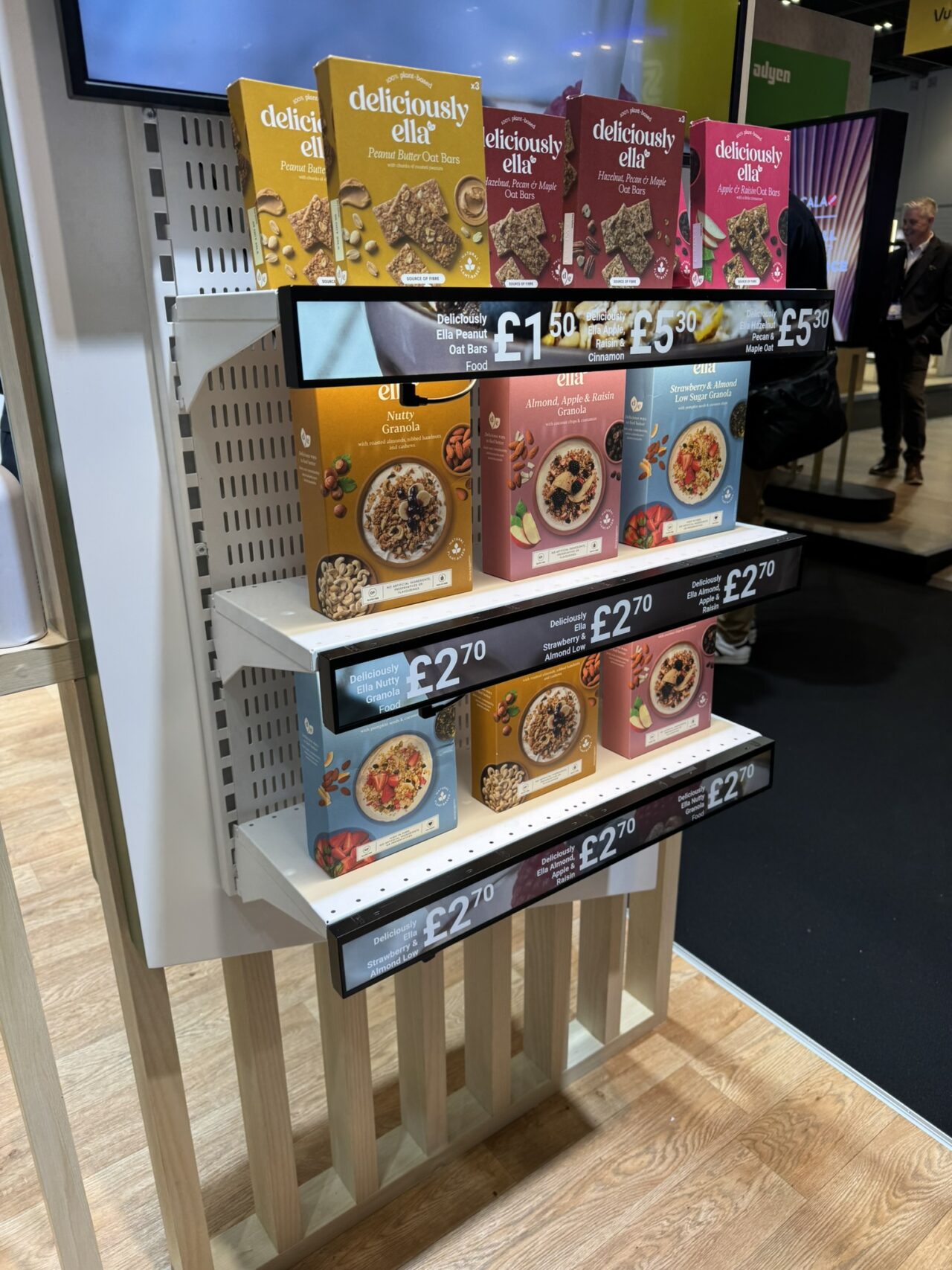April 09, 2025
Report: The latest CX innovations from Retail Technology Show

Among the rides and bustle of the fairground theme, London’s Retail Technology Show, held at Excel Arena, was a blur of activity. From powerful discussions like “Beyond the Hype: Actionable AI in Retail” by Alexandra Correa (formerly of Amazon) to the latest evolution of traditional retail hardware like printers, card readers and in-store signage, the event was an impressive sight and a great place to learn about future customer retail experiences.
Those retail EPOS devices are all decked out for the cloud and AI, with Android now dominating the retail OS handheld battle. Among the hardware displays, large stands for the likes of PayPal, Aptos, MACH Alliance and others, highlight how software is rapidly taking over from hardware. And in between the major stands were many innovations aiming to transform every part of the retail experience.
Planning retail stores with a Dash
One that leapt out as impressive from a business growth perspective was KPMG’s Dash product. Even with the push to online, many retailers plan to expand their physical presence. But they must operate with greater certainty and accuracy than in the past, maximising every aspect of location, footfall, demographics, profit potential per item and other datapoints.

KPMG Dash, launched in 2023, is a smart AI-powered solution with huge practical benefits. From traditional high street brands to omnichannel giants, the physical store remains a key destination for most consumers, and a growth opportunity for retailers swamped by online competition. From planning the opening of a single store to a national chain, the Dash app (exclusive to the UK market) helps decision makers understand what makes their existing stores succeed, and how underperformers can improve.
Dash helps businesses understand where they are successful, and how to replicate that elsewhere by providing visual insights into multiple layers of the retail decision process, from location, stocking strategy, local demographics to traffic and footfall. When the new stores are in planning, it combines the data from multiple sources to identify the best new locations that replicate best-performing stores, find the right customers and the products that will appeal to them.
Designed for retailers large and small, Dash takes a couple of days to install and configure for a business, and is available on a 12-month subscription to help retailers navigate the complexities of the UK’s retail landscape.
Analysing your AI store sentiment
An example of the pace of change in retail comes from Ecomtent, a company focused on boosting your brand visibility with AIs. Working across the likes of Amazon’s Rufus AI, eBay listings and how your sentiment appears on ChatGPT and other AIs, Ecomtent can help your company generate appropriate AI-generated content listings for tens of thousands of products. Ecomtent can also create imagery, and infographics, everything to help give your products an edge in the congested markets where AI is changing how content is created and investigated by consumers.

According to recent data, Amazon’s Rufus is fielding around 275 million daily searches, changing how products appear on online markets, requiring a rethink from traditional approaches, and a fast adoption and understanding of AI methods that Ecomtent is well-placed to service.
It can provide consistent product attributes, consider the different colour names and sizing or style attributes large catalogues can have, and the need for more comprehensive descriptions to address broader AI conversations. As consumers switch from search to AI for their retail requests, this type of information consistency and accessibility will be vital for all stores.
Digital edge signage for stores
With prices changing faster than ever, the paper-based approach to in-store retail pricing is cumbersome, worker-intensive and at constant risk of being out of date, or out of sync across stores. While digital signage is not new, the technology looks bolder, faster, attractive to consumers, and more useful for employees. One example is Pricer with a range of bright digital displays that hugely reduce paper waste and staff workload, while boosting the customer experience.

The e-ink, low-power, edge displays, from individual tags to shelf-wide displays, can show tempting offers and deals, while managers can update store pricing at the touch of a button across chains or regions. The displays can be ordered to match store branding, and can flash when a click-and-collect worker is near the right product to speed up orders. Sure, the spectre of dynamic pricing might not be something consumers want to see in their local grocery store, but as retail businesses need to operate at maximum efficiency, if it helps them maintain profitability, acceptance and interest will be high.
Retail strategy powered by Aptos
Heavyweight retail service and unified commerce brands dominated the show floor. Aptos’s Nikki Baird, retail industry and technology expert, took the time to explain how their customers are fast evolving their retail strategies to adopt AI. Much of that effort involves cleansing data to make it accessible to AI, and ensuring that consumers (and employees) get a positive experience across the business.

Of most interest is the ongoing discussion of the barriers between stores and HQ, and the fact that many stores haven’t changed for decades, but are suddenly supposed to become digital-native with a raft of in-store technologies and cloud connections in place. More joined-up thinking is required between HQ and stores, and innovation needs to come with a consumer-first approach.
Across the show floor, there was something for everyone from smart CCTV for retailers at SEiNG, capable of tracking any type of activity. We talked to vendor Castles Technology about its latest range of handheld terminals, with product designers responding to retail customer experience requests for new features in their apps constantly, reporting a phenomenal pace of change. While at Zebra, where its range of RFID and barcode scanners are gaining AI powers, we discussed how retailers need the likes of granular demand forecasting at the SKU-store-day level to assist in developing pricing strategies that will have a longer shelf life.
A great experience, we’ll catch up with more vendors and service providers in the coming weeks for more detailed CX chat, and can’t wait to visit next year’s event to see what developments and market changes are making the news and improving the customer experience.



